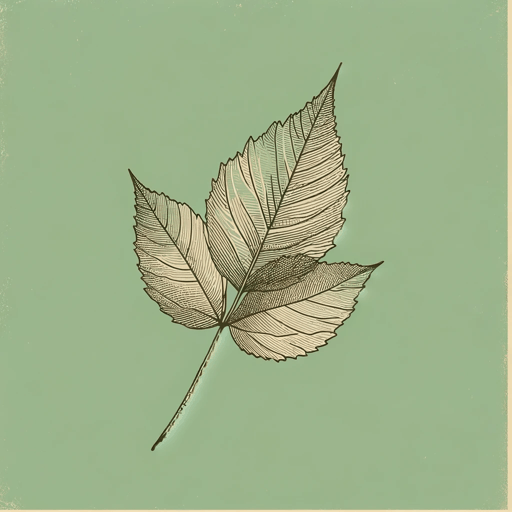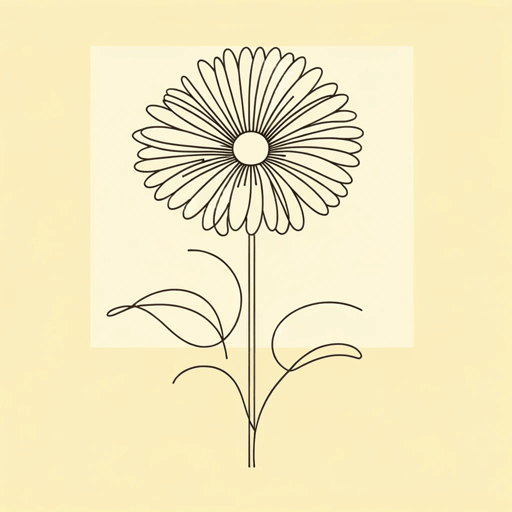18 pages • 36 minutes read
Mary OliverWhen Death Comes
Fiction | Poem | Adult | Published in 1991A modern alternative to SparkNotes and CliffsNotes, SuperSummary offers high-quality Study Guides with detailed chapter summaries and analysis of major themes, characters, and more.
Background
Literary Context: Mary Oliver’s Style
The hallmark of Mary Oliver’s work is her deep understanding of nature. In an article for The New Yorker, writer Rachel Syme heralds Oliver’s admiration of the British Romantic poets, particularly William Wordsworth, Percy Bysshe Shelley, and John Keats, all of whom wrote about nature and the Sublime. Oliver also admired how American poets like Walt Whitman and Emily Dickinson used natural imagery, as well as the latter’s introspection and discussions of the sacred in everyday life. Toward the end of her life, Oliver mentioned that she enjoyed the spiritual poetry of the Persian poet Rumi, whom she read every day. Oliver emulated these poets’ engagement with nature and their devotion to the sacred in much of her work. Notably, Syme also highlights Oliver’s consistent ability to encourage readers to “[push] beyond […] emotional quarantine, even when you feel fear” (Syme, Rachel. “Mary Oliver Helped Us Stay Amazed.” The New Yorker, 2019). This idea of Engagement Over Fear is a prominent theme in “When Death Comes.”
Her clear diction and directness made her poetry highly accessible. From the 1980s onward, her poems’ most philosophical lines were often used in the self-help industry for the purpose of uplifting audiences.
Related Titles
By Mary Oliver




